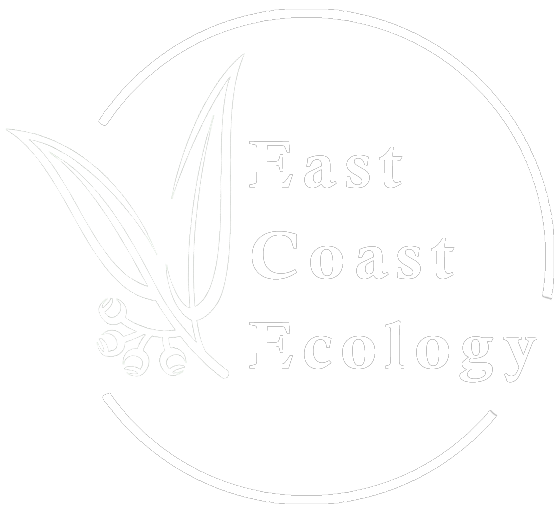NSW Biodiversity Offsets Scheme – Your Simple Guide
The NSW Offsets Scheme is the framework established under the Biodiversity Conservation Act 2016 (NSW) that dictates the process for:
a. offsetting impacts on biodiversity from development, and
b. generating a gain in biodiversity through landholder stewardship agreements.
Under the Biodiversity Offsets Scheme (BOS), applications for developments must demonstrate adherence to the ‘avoid, minimise, offset’ hierarchy. Proponents must first consider how the proposed development can avoid negatively impacting biodiversity. Next, whether any impacts from the proposed development that cannot be avoided can be minimised and thirdly, once all reasonable steps to avoid or minimise impacts to biodiversity have been explored, determine how remaining impacts can be offset. This results in a credit obligation due to unavoidable impacts to biodiversity.
Conversely, landholders can generate biodiversity credits by conserving biodiversity on their land and sell these to developers or landholders that have a credit obligation.
How Are Biodiversity Offsets Calculated?
Biodiversity Offsets are calculated by an accredited person who implements the Biodiversity Assessment Method (BAM), a scientific document, to assess impacts on biodiversity at development sites, and potential for future biodiversity gain at stewardship sites.
The BAM is a consistent, repeatable method for the assessment of biodiversity at a given site. It is supported by the BAM Calculator, which is used by accredited assessors to enter data collected from the site and determine the number and class of biodiversity credits. Biodiversity credits are classified further into ecosystem credits and species credits. Ecosystem credits measure the offset requirement for impacts on vegetation communities (including threatened ecological communities) and threatened species habitat (for species that can be reliably predicted to occur based on a vegetation community). Species credits measure the offset requirement for impacts on threatened species that cannot be reliably predicted to occur based on a vegetation community.
What is the Goal When Implementing the NSW Biodiversity Offsets Scheme?
The overarching goal when implementing the NSW Biodiversity Offsets Scheme is to achieve ‘no net loss’ to biodiversity in NSW. The theory is that biodiversity values gained at an offset site will compensate for biodiversity values lost during development at another site.
The Biodiversity Assessment Method (BAM) provides guidance on how a proponent can avoid and minimise potential impacts to biodiversity.
Who Buys Biodiversity Credits?
Biodiversity credits are purchased, or retired, via several methods. The preferred approach to meeting your biodiversity credit obligation is to identify the desired credits in the market through the BOS public register and purchase the appropriate credits. Or, if the developer has a suitable site, they can generate their own biodiversity credits by entering into a Biodiversity Stewardship Agreement (BSA) with the Biodiversity Conservation Trust (BCT). They can also pay the cost of their credit obligation directly into the Biodiversity Conservation Fund. In this scenario, the BCT is then responsible for securing the appropriate biodiversity credits.
Can I Reduce My Biodiversity Credit Offset Obligation?
Reducing your biodiversity credit offset obligation can be achieved via several approaches. The best approach is to avoid impacting areas of high biodiversity such as threatened ecological communities or areas of vegetation that are in good condition. By locating your development in an area of least ecological value (e.g. using an existing building footprint or positioning your building envelope in an already cleared area) you will see the greatest reduction in your biodiversity credit offset obligation.
Another approach may be to reduce the severity of impacts so that some biodiversity values remain within the site. An example of this might be to manage vegetation within an Asset Protection Zone (for bushfire protection) instead of wholesale clearing this area. If you can demonstrate that your development can be compliant with the bushfire protection measures and still maintain some biodiversity values (e.g. retain some native trees, shrubs and ground covers), the accredited assessor can enter this into the Biodiversity Assessment Method Calculator to reduce your ecosystem credit offset obligation.
Species credit offset obligations can be reduced or eliminated via targeted surveys during the DPE endorsed survey periods. Many species credit species can only be found, or reliably identified, during certain months of the year (e.g. when flowering). By engaging an accredited biodiversity assessor to undertake targeted surveys during these times of the year, threatened species may be ruled out as requiring to be offset (if they are not identified within the site).



